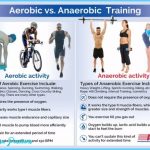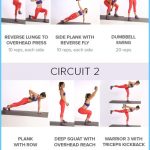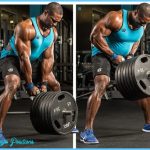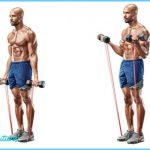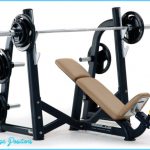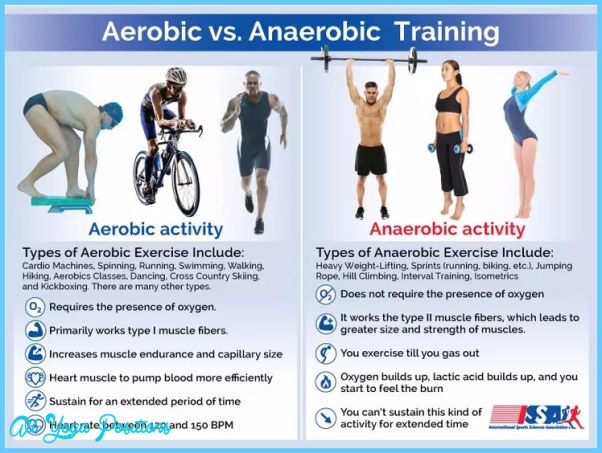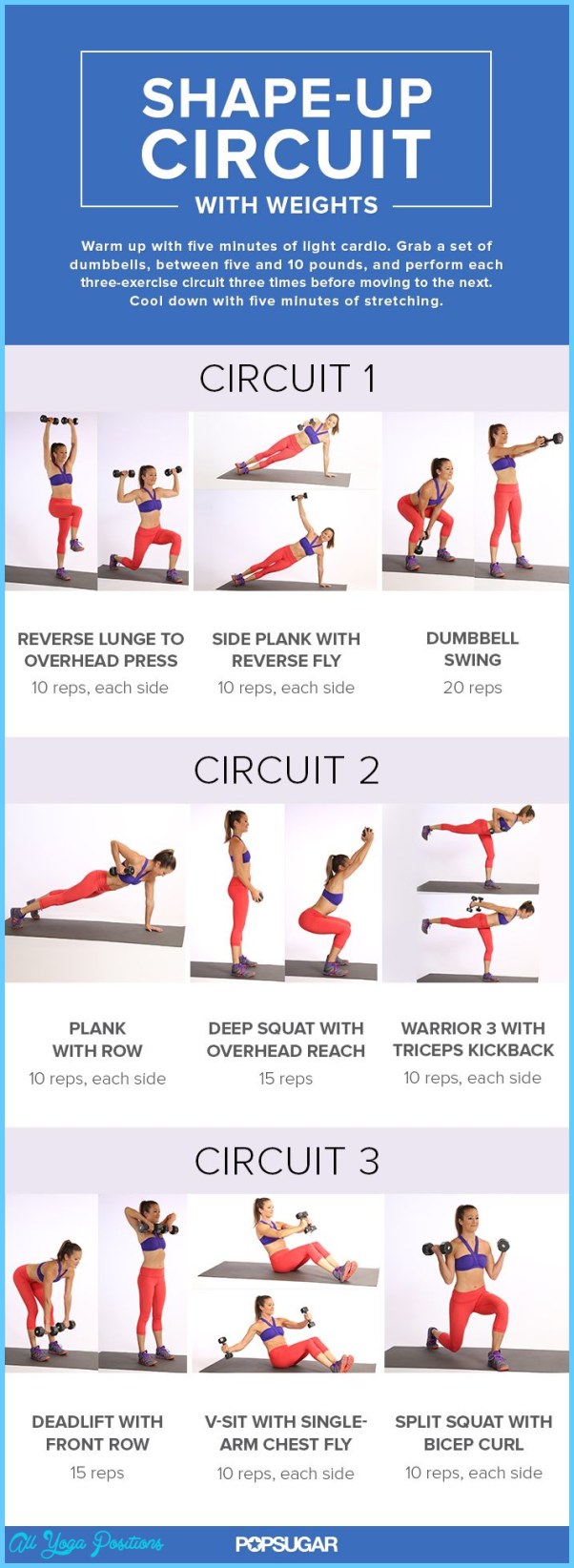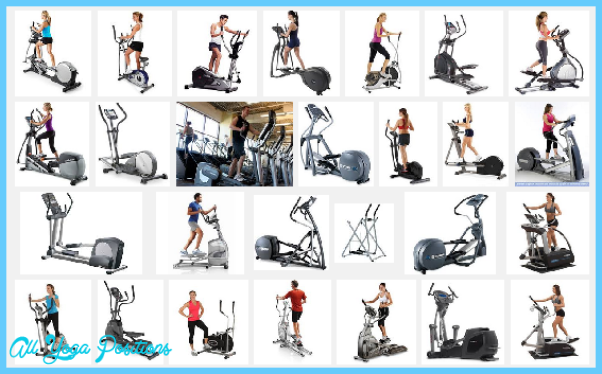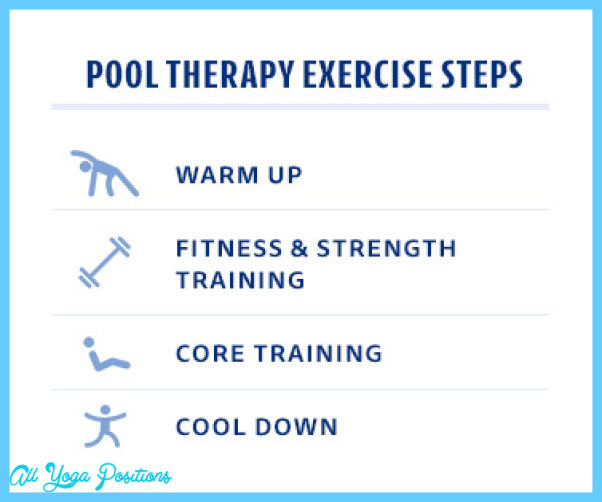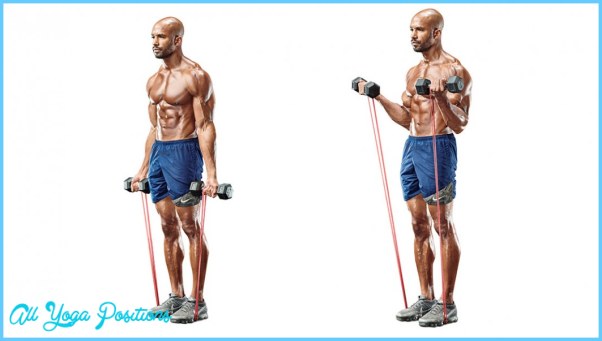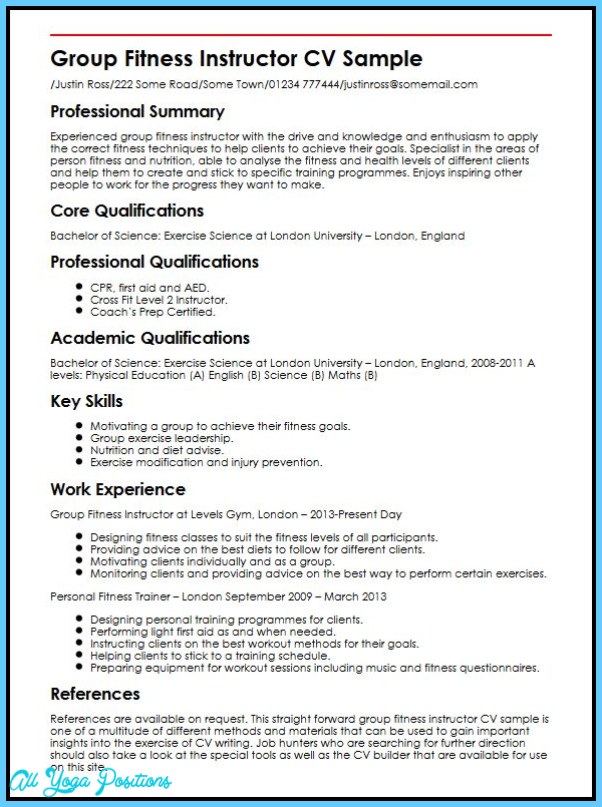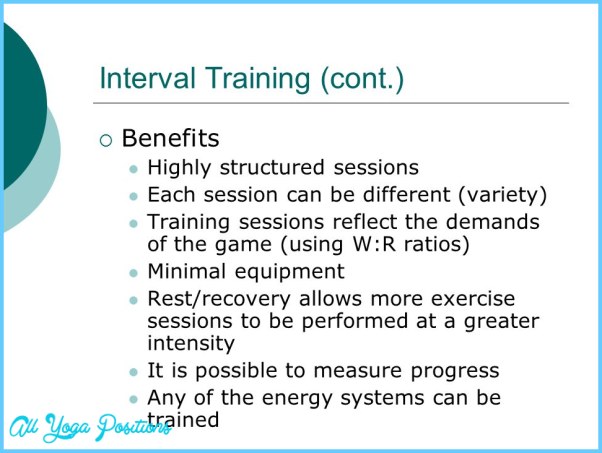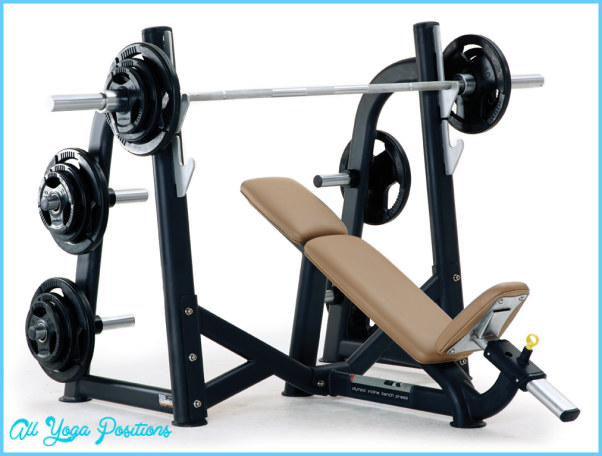Training Exercises Methods and Types of Equipment
You don’t need a fitness center or expensive equipment to strength train. If you prefer to train at home or like low-cost alternatives, consider the following options.
Resistance Bands Resistance or exercise bands are elastic strips or tubes of rubber material that are inexpensive, lightweight, and portable. They are available in a variety of styles and levels of resistance. Some are sold with
Resistance bands are a popular and inexpensive alternative to training with weights or machines. instructional guides or DVDs, and classes may be offered at fitness centers. Many free-weight exercises can be adapted for resistance bands. For example, you can do biceps curls by standing on the center of the band and holding one end of the band in each hand; the band provides resistance when you stretch it to perform the curl.
Exercise (Stability) Balls The exercise or stability ball is an extra-large inflatable ball. It was originally developed for use in physical therapy but has become a popular piece of exercise equipment for use in the home or gym. It can be used to work the entire body, but it is particularly effective for working the core stabilizing muscles in the abdomen, chest, and back muscles that are important for preventing back problems. The ball’s instability forces the exerciser to use the stability muscles to balance the body, even when just sitting on the ball. Moves such as crunches are more effective when performed with an exercise ball.
Training Exercises Methods and Types of Equipment Photo Gallery
When selecting a ball, make sure your thighs are parallel to the ground when you sit on it; if you are a beginner or have back problems, choose a larger ball so your thighs are at an angle, with hips higher than knees. Beginners should use caution until they feel comfortable with the movements and take care to avoid poor form due to fatigue. (See Chapter 7 for more on incorporating stability balls into a fitness program.)
Vibration Training Vibration training consists of doing basic exercises, such as squats, push-ups, lunges, and modified pull-ups, on a vibrating platform. Vibration is transferred to whichever part of the body is in contact with the vibrating plate or handlebars. Vibration activates stretch receptors in the muscles, which triggers thousands of small reflex muscle contractions. Most studies have found that vibration training caused little or no additional effects above weight training alone.
Pilates Pilates (pil LAH teez) was developed by German gymnast and boxer Joseph Pilates early in the 20th century. Pilates focuses on strengthening and stretching the core muscles in the back, abdomen, and buttocks to create a solid base of support for whole-body movement; the emphasis is on concentration, control, movement flow, and breathing. Pilates often makes use of specially designed resistance training devices, although some classes feature just mat or floor work. Mat exercises can be done at home, but because there are hundreds of Pilates exercises, some of them strenuous, it is best to begin with some qualified instruction.

